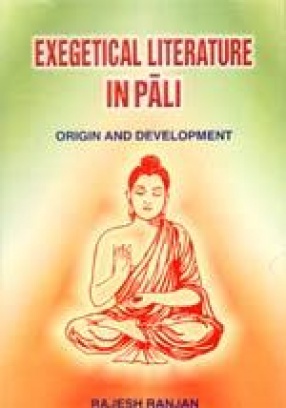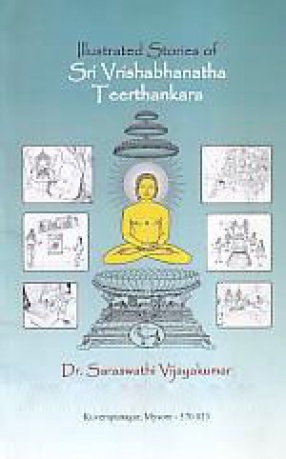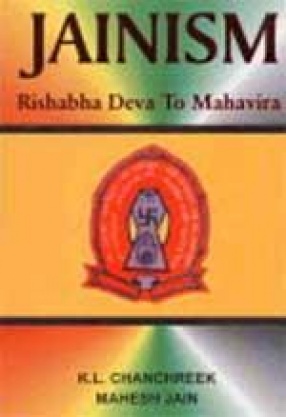The Pali canons evince many types of exegetical literature. The two Vibhangas of the Vinayapitaka are undoubtedly commentaries on the Patimokkhas. Likewise the Niddesasare the exposition on certain Vaggas are the Suttanipata, the fifth book of the Khuddakanikaya.Thera and Therigathas, the eighth and the ninth books of the Khuddakanikaya contain feelings and experiences of some the direct disciples of the Buddha. Similar is the fate of Apadana, which describes the previous lives of some of the direct disciples of the Lord Buddha. Besides, the first four Nikayas are also replete with such instances. So also, the Abhidhammapitaka is not an exception to it. The Kathavatthu, the fifth book of the Abhidhammapitaka, is the work of Moggaliputta Tissa, the president of the third Buddhist Council. In the light of the above, this book attempts to discuss " the origin and development of Buddhist Commentaries embodying exegesis, interpretaries and explanation of the teachings of the sage of the sage of the Sakyas." The book is divided into five chapters. The first chapter traces in brief the origin and nature of exegetical literature in Sanskrit, Prakrit and Pali, the ancient Indian religious literature. The second chapter discusses the sources of the Atthakatha literature in Pali. Chapter three is devoted to interpretatory literature including their interpretaters. The fourth Chapter seeks to deal with the commentators (Atthakathakaras) of the Pali Tipitaka with their works, while the last sums up and meets the issues raised in the previous chapters. An alumni of the University of Delhi Dr. Rajesh Ranjan in currently on the faculty of Guru Gobind Singh Department of Religious Studies in Punjabi University, Patiala. Dr. Ranjan, Besides, Presenting papers in several national and international seminars and conferences has to his credit more than a dozen of research papers and articles on vital aspects of and Buddhist Studies published in various journals of repute.
Exegetical Literature In Pali: Origin and Development
In stock
Free & Quick Delivery Worldwide
reviews
Bibliographic information
Title
Exegetical Literature In Pali: Origin and Development
Author
Edition
1st ed.
Publisher
Vidyanidhi Prakashan, 2005
ISBN
818670051X
Length
xvi+231p., References; Bibliography; Index; 23cm.
Subjects





There are no reviews yet.